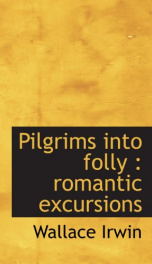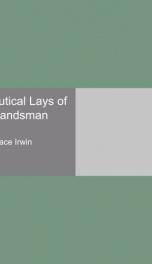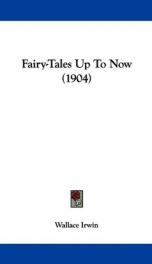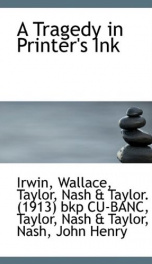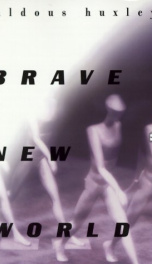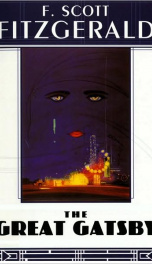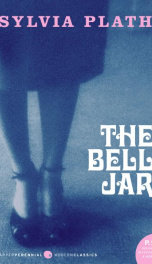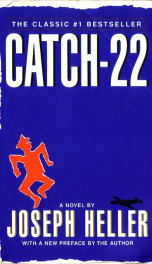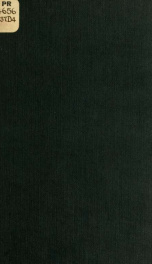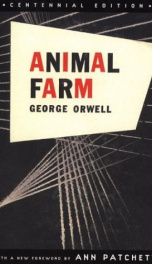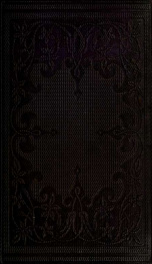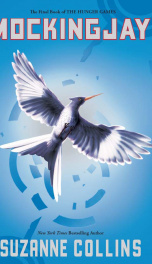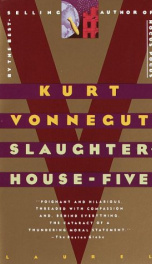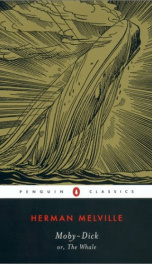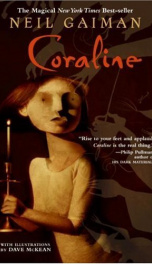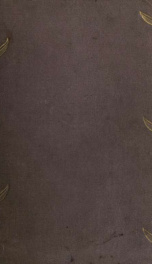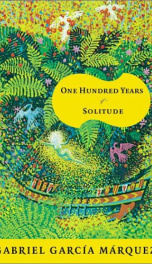Irwin Wallace

Frank Gelett Burgess (January 30, 1866 – September 18, 1951) was an artist, art critic, poet, author, and humorist. He was born in Boston, and graduated from the Massachusetts Institute of Technology with a B.S. in 1887. Burgess lost his job as a technical drawing instructor at the University of California, Berkeley (1891–1894) because of unmentionable alterations to statues of Henry Cogswell, a famous Bay Area dentist (he deliberately toppled several of them that he considered an eyesore), who had donated several statues of himself to the city of San Francisco, California. Burgess is now held in high regard at the University of California, Berkeley as a former professor, and literary talent. A selection of his original works are housed in the Bancroft Library, on the Berkeley campus. Burgess married Estelle Loomis in 1914. A writer in her own right, Estelle Loomis worked on a number of literary projects throughout her marriage with Burgess; the two conferring together on each others' work. A beauty contest winner, according to the Scranton Times in September of 1920, "Scranton woman second place in NY World beauty contest, Mrs. Gelett Burgess, Riverside Drive, NY, formerly Miss Estelle Loomis, daughter of the late F. E. Loomis, attorney." Burgess and Loomis were married until her death in 1946, however the years were wrought with continuous illness, fatigue, and complaints of various symptoms by Loomis. He is famous for writing the poem "The Purple Cow: Reflections on a Mythic Beast Who's Quite Remarkable, at Least." The poem first appeared in volume 1, number 1 (May 1, 1895) of the 16-page monthly magazine The Lark, published in San Francisco by William Doxey. It was edited and written primarily by Burgess, who took great delight in creating pseudonyms for himself. For example, in volume 1 four of the other "authors" are Burgess writing under different names. The final issue, number 25 entitled The Epi-Lark, was published May 1, 1897.[1] Having become associated with this verse, he wrote the following "Confession: and a Portrait Too, Upon a Background that I Rue" in The Lark, number 24 (April 1, 1897). "Purple Cow" has since been used as a brand name. Burgess wrote and illustrated several children's books about the habits of strange, baldheaded, idiosyncratic child-like creatures he called "The Goops". He created the syndicated comic strip Goops in 1924, and worked on it to its end in 1925.[2] Of Queen Anne architecture he wrote: It should have a conical corner tower; it should be built of at least three incongruous materials or, better, imitations thereof; it should have its window openings absolutely haphazard; it should represent parts of every known and unknown order of architecture; it should be so plastered with ornament as to conceal the theory of its construction. It should be a restless, uncertain, frightful collection of details giving the effect of a nightmare about to explode. An influential article by Burgess, "The Wild Men of Paris", was the first introduction of cubist art in the United States. The article was drawn from interviews with Henri Matisse, Pablo Picasso, and Georges Braque.[3] His books The Maxims of Methuselah and The Maxims of Noah were illustrated by Louis D. Fancher. Burgess founded the San Francisco Boys' Club Association, now the Boys & Girls Clubs of San Francisco, in 1891. The Club was the first of its kind west of the Mississippi River. The word "blurb", meaning a short description of a book, film, or other product written for promotional purposes, was coined by Burgess in 1907, in attributing the cover copy of his book, Are You a Bromide?, to a Miss Belinda Blurb. His definition of "blurb" is "a flamboyant advertisement; an inspired testimonial".[4] The Guinness Book of World Records lists his collection of synonyms for the word "drunken".[5] He also coined the phrase, "Love is only chatter; friends are all that matter."
do you like this author?
What readers are saying
What do you think? Write your own comment on this book!
write a commentWhat readers are saying
What do you think? Write your own comment on this author!
write a commentBook list
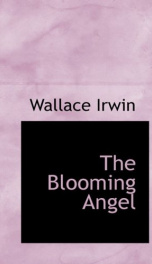
the blooming angel
Series:
Unknown
Year:
Unknown
Raiting:
4.5/5
This scarce antiquarian book is included in our special Legacy Reprint Series. In the interest of creating a more extensive selection of rare historical book reprints, we have chosen to reproduce this title even though it may possibly have occasional imperfections such as missing and blurred pages, missing text, poor pictures, markings, dark backgrounds and other reproduction issues beyond our control. Because this work is culturally important, we have made it available as a part of our commitment to protecting, preserving and promoting the world's literature. --This text refers to an alternate Paperback edition.
Show more
add to favoritesadd In favorites
Book list

the blooming angel
Series:
Unknown
Year:
Unknown
Raiting:
4.5/5
This scarce antiquarian book is included in our special Legacy Reprint Series. In the interest of creating a more extensive selection of rare historical book reprints, we have chosen to reproduce this title even though it may possibly have occasional imperfections such as missing and blurred pages, missing text, poor pictures, markings, dark backgrounds and other reproduction issues beyond our control. Because this work is culturally important, we have made it available as a part of our commitment to protecting, preserving and promoting the world's literature. --This text refers to an alternate Paperback edition.
Show more
add to favoritesadd In favorites

suffering husbands
Series:
Unknown
Year:
Unknown
Raiting:
4.5/5
Purchase of this book includes free trial access to www.million-books.com where you can read more than a million books for free. This is an OCR edition with typos. Excerpt from book: Ill PEACHES AND CREAM " YOU would know the King of Spain, would you not ?" Nimbly Count Francisco Miguel de Llargo y Jimi- nez plunged his aristocratic right hand up to the wrist watch into an inside pocket and brought out a photograph. This he placed deferentially under the wide-eyed, pink and white face across the table. Lora Hollis drew in her breath and gazed, all dazzled, upon the likeness. In the good-humoured, loose-jowled Hapsburg features she recognised Alfonzo, lord of Castile and Aragon. "How perfectly, perfectly wonderful!" she told him in her infantile voice. She was glad that Tanquay's fashionable orchestra had stopped playing for a moment, so they could pitch their conversation to a confidential key. Again she took in Alfonzo's scraggly smile, blazoned above with towers and lions. It was as though she had been introduced already to this nice, kind king; and below the picture, boyishly scrawled, she read the royal message which served to establish the handsome Spaniard firmly in her regard: "Felicidad, mi Francisco! Siempre su amigo, Alfonzo." "You do know him awfully well, don't you!" she chirped. Being, by his own acknowledgment, an envoy extraordinary from a foreign court, Count Francisco received the compliment with the repression proper to ambassadors. His long olive face, which somehow reminded Lora of a beauti- . """ fully decorated egg, showed no expression, save that of his agate-coloured eyes, which drooped languidly as he reached across for the photograph. "You must remember, Senora, that the house of Llargo y Jiminez has been long associated with the court of Spain." "Oh, yes." He had said that to her several times during their brief but miraculously growing acquaintanceship. And now again he was launching forth upon ...
Show more
add to favoritesadd In favorites
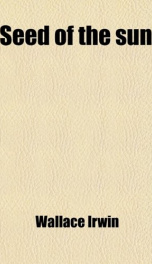
seed of the sun
Series:
Unknown
Year:
Unknown
Raiting:
3.5/5
Purchase of this book includes free trial access to www.million-books.com where you can read more than a million books for free. This is an OCR edition with typos. Excerpt from book: CHAPTER HI: BARON TAZUMI SID FOOTRIDGE dined at Aunt Julia's table on Wednesday night, and afterward sat with the ladies in their discreetly sheltered box at the Cherry Blossom Society's dinner. They arrived just before the speechmaking began, and Anna's restless mind was divided between her anxiety for Sid's and Zudie's happiness and her admiration for the talented Japanese who was to deliver the address of the evening. It was due to the baron's thoughtfulness, they felt, that their box was so cleverly screened in artificial cherry blossoms that they could see without being seen. The banquet room upon which they looked was splendid with decorations which successfully symbolized the occasion. Several important Americanscapitalists, politicians, clergymen were on the eve of departure for Japan, where they were to spend several weeks as guests of the Imperial Government. "How well the Japanese do everything!" cried Aunt Julia, looking down from her flowery balcony. How well indeed! From floor to cornice the walls were masked in boughs of pinkish bloom which framed tall temple paintings of Nippon's mighty gods. Enormous fish-skin lanterns, yellow as harvest moons and adorned with Chinese characters, glowed from the ceiling. In the center of every table was a little Japanese garden with crooked streams, rocky shores and midget cherry trees on the banks. A life-size garden with four-foot pines, a tortuous gold-fishpond, arched bridges, stone lanterns and woodland images stood centered before the speakers' table. "They're irresistible!" whispered Aunt Julia. "Aren't they?" said Footridge. He, too, was leaning curiously forward. The president had risen and was rapping for order. At the long table several famous men were recognizablea world financier, a retired dip...
Show more
add to favoritesadd In favorites
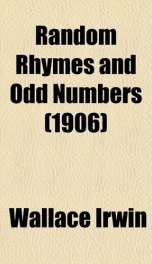
random rhymes and odd numbers
Series:
Unknown
Year:
Unknown
Raiting:
4/5
Purchase of this book includes free trial access to www.million-books.com where you can read more than a million books for free. This is an OCR edition with typos. Excerpt from book: THE REAPERS Me, and Death, and my Auto, Merry of mood we three, Went for a spin one morning, Friendly as friends could be. "Pouff! Pouff! Pouff!" said my Auto, And old Death winked at me. Me, and Death, and my Auto, Sped with a strength divine, Women, and men, and babies, Fell in our deadly line. "Hit! Hit! Hit!" said my Auto. "Bully!" said Death, "they're mine!" Me, and Death, and my Auto, Zipped like a shot through the town While I directed the lever And the Auto carried 'em down; But Death sat back on the cushions And whistled and waved his crown Me, and Death, and my Auto, Were stopped by a cop on the hill. "Ten dollars fine," said the copper, "For faith ye have sped to kill." "True," said Death, with a chuckle, "But the pleasure is worth the bill." SPRING IN WALL STREET The long green bills are sprouting All down the peaceful blocks; A cascade falls among the walk And trickles through the stocks; The tender lambs still gamble On almost anything, While the woodland bear deserts his lair To sniff the scent of spring. The market breeze grows "active" And hope is "ruling strong." Once more is heard the plunger-bird, Who lifts his cotton song -- The song that tells the story Of some forgotten king Who played a lot, until he got A tumble in the spring. Spring wheat and corn are growing Around the Stock Exchange, Where the shepherds keep the foolish sheep A-nibbling fodder strange, The blithe, bucolic brokers A scale of prices sing, And this is all so natural You're sure that it is spring. A DIALOGUE OF DISDAIN You woik? Don't make me laff, me face is weary! So you're de mutt dey've hired to bust de strike -- Say, if de State...
Show more
add to favoritesadd In favorites
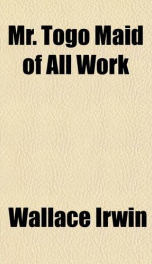
mr togo maid of all work
Series:
Unknown
Year:
Unknown
Raiting:
0.5/5
Purchase of this book includes free trial access to www.million-books.com where you can read more than a million books for free. This is an OCR edition with typos. Excerpt from book: Ill HON. MISS DRESSMAKER Ill HON. MISS DRESSMAKER To Editor Woman's Page Who Understand How Ladies Can Be Dress-Made Until They Appear Beautiful. DEAR Mr Sir: During my progress around from places to places I have got acquaintance with all sorts American musical instruments. Banjos, gasolene, stoves, trumbones and basso drums I have heard shooting their music. But never until of recently did I encounter a sew-machine doing so. Sew- machines are different from pianos in several ways. Pianos are good for accompany ladies singing; sew-machines are useful for accompany ladies gossiping. This I notice. Place at which I was most formerly employed was Mrs Jno W. Smith (pronounced the same way) who reside by her husband near Poison Ivy View, Conn. This Mrs Smith have a mind full of dry- goods. She speak of her friends in dress- make language entirely. " Jno," she say to her husband when they set down for dinner-eat ceremony, " to-day I met the most charming Brussels lace with accordeon tassels at wrists and elbows." " What was her name in real life ?" require Hon. Smith with nervus expression of check-book. " Mrs Ethel Crabapple," report Hon. Mrs Jno, her mind making drop-stitches of fashionable pattern. " She have took up woman- suffrage movement and speaks very beautiful under her pink majolica hat of baby ostrich plumes." Hon. Jno Smith sigh like a bye-gone day. "Ethel Crabapple!" he renig for slight sentiment. " I knew her when she was merely Ethel Scraggs. How is she ? " "Quite well, I think," relapse Mrs Jno. " She spoke on Progress wearing a green opera cloak of cerise burlap aggrevated with panels of Arabian chiffon and satin annex at collar." Hon. Smith withdraw himself from this conversation for fear he might be asked to buy some similar unifo...
Show more
add to favoritesadd In favorites

at the stevenson fountain old portsmouth square san francisco a sonnet
Series:
Unknown
Year:
Unknown
Raiting:
5/5
Show more
add to favoritesadd In favorites
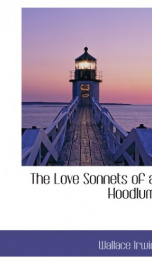
The Love Sonnets of a Hoodlum
Series:
Unknown
Year:
Unknown
Raiting:
3/5
For when I pushed Brick Murphy to the rope Mame manned the ambulance and dragged him in, Massaged his lamps with fragrant drug store dope And coughed up loops of kindergarten chin; She sprang a come back, piped for the patrol, Then threw a glance that tommyhawked my soul. --This text refers to an alternate Paperback edition.
Show more
add to favoritesadd In favorites
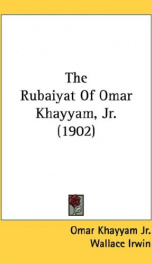
The Rubaiyat of Omar Khayyam Jr.
Series:
Unknown
Year:
Unknown
Raiting:
1.5/5
In this book readers will find a wonderful collection of Rubaiyat by an outstanding philosopher, astronomer and mathematician Omar Khayyam who was also a talented poet, known world wide for his philosophical poems. His Rubaiyat is very modern in many senses as not much has changed in the human nature and behavior since his times. The Rubaiyat of Omar Khayyam Jr. was collected and put together by an American writer Irwin Wallace. Among some other works which belong to his pen it is possible to name the following: The Love Sonnets of a Hoodlum (1902), The Rubaiyat of Omar Khayyam Jr. (1902) and The Love Sonnets of a Car Conductor (1908).
Show more
add to favoritesadd In favorites
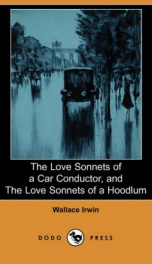
The Love Sonnets of a Car Conductor
Series:
Unknown
Year:
Unknown
Raiting:
3/5
Wallace Admah Irwin (1876-1959) was an American author. He wrote The Love Sonnets of a Hoodlum (1902), The Rubaiyat of Omar Khayyam Jr. (1902) and The Love Sonnets of a Car Conductor (1908).
Show more
add to favoritesadd In favorites
What readers are saying
What do you think? Write your own comment on this author!
write a commentif you like Irwin Wallace try:
readers also enjoyed
What readers are saying
What do you think? Write your own comment on this author!
write a commentGenre
if you like Irwin Wallace try:
readers also enjoyed
Do you want to read a book that interests you? It’s EASY!
Create an account and send a request for reading to other users on the Webpage of the book!
